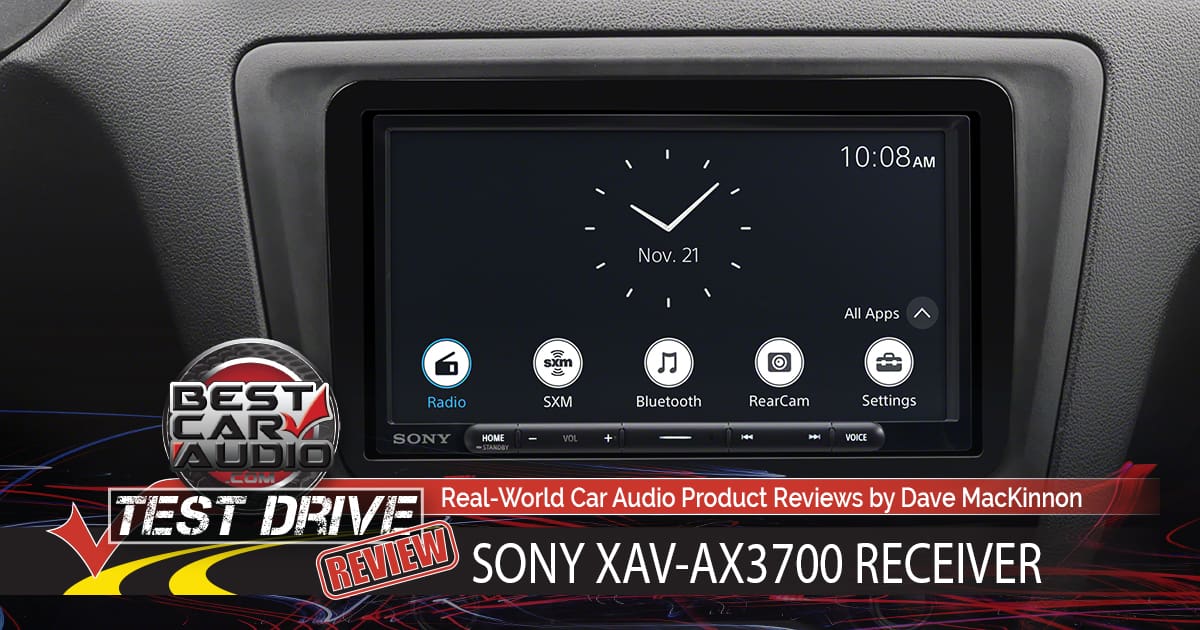When searching for a new multimedia receiver for your car or truck, you’ll quickly realize that features go hand in hand with price. Want a 10-inch display? That’s not going to be at the $399 price point. If you want reference-quality sonic clarity, you’re looking at double or even triple that amount. Sony has taken the feedback from its car audio retail team to create a product designed to fit a specific market with the Sony XAV-AX3700. It has a 6.95-inch touchscreen display, Apple CarPlay smartphone connectivity, iDatalink Maestro compatibility, the LDAC codec for Bluetooth streaming and much more. Let’s check it out!
Sony XAV-AX3700 Physical Design
The XAV-AX3700 is a double-DIN radio that measures seven inches wide and four inches tall. The chassis behind the screen is a single-DIN design, so it’s only two inches tall and four inches deep. While not relevant to functionality, this small chassis allows the radio to fit into applications where a full-size double-DIN unit won’t. It also leaves more room in the dash for interface modules like the steering wheel control interface of the Maestro RR module mentioned earlier.
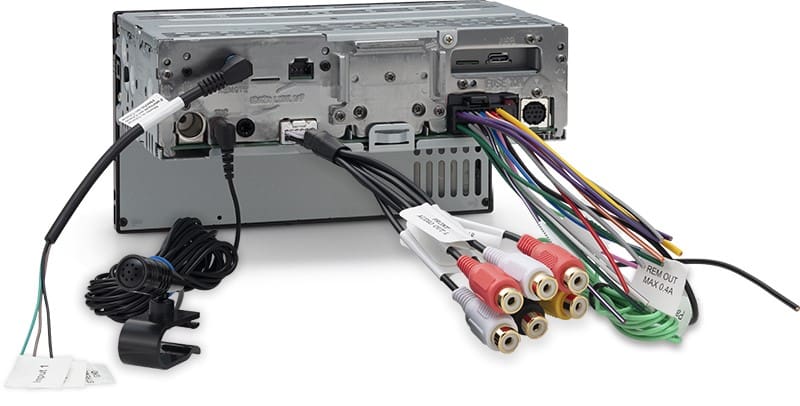
The face of the radio has a narrow bezel with the screen close to the front. This gives the radio a clean look when installed in the dash. Beneath the display is a row of five physical buttons that provide volume, track/channel selection, source selection and voice recognition activation. The center button can be programmed to several different functions, including a Mute button, Source selection, and even a quick-access Subwoofer Level control. With some of these modes, a long press on the button will access a secondary function as well, creating an easy way to get to critical functions or settings fast.
The main display shows the time, whether CarPlay is active and five of your favorite source options. The clock, which defaults to a classy analog version in the center of the Home screen, can be changed to a digital version or removed from the center and displayed in the top corner of the screen. To make the system more convenient, you can open the app drawer from the Home screen and move the default icons off the screen, and replace them with the ones you want quick access to while driving.
Speaking of customization, you can upload a personalized JPEG background wallpaper to the radio for a little added personalization. If you’ve got an awesome background picture, you can remove all the icons from the Home screen and move the clock to the top right to see the image without anything in front of it – giving you a more customizable experience.
Conncetions and Integration
The radio’s back panel features the standard Sony power and speaker wire plug, a pigtail with the RCA audio output and video input jacks, and a SiriusXM SXV300 satellite radio tuner module connection. There’s also a four-pin and 3.5mm port for a Maestro interface, along with the microphone and steering wheel control inputs. Finally, a standard Motorola-style antenna jack and a recessed USB-C port is in the top corner.
There are a few details worth noting in the above list. First, the included three-wire steering wheel control interface can be programmed to work with vehicles that use resistor ladder networks. As such, some applications won’t require an additional interface. The USB-C port is rated to provide three amps of current to charge your smartphone. We’ll confirm the current and voltage capabilities when we get the unit on the test bench.
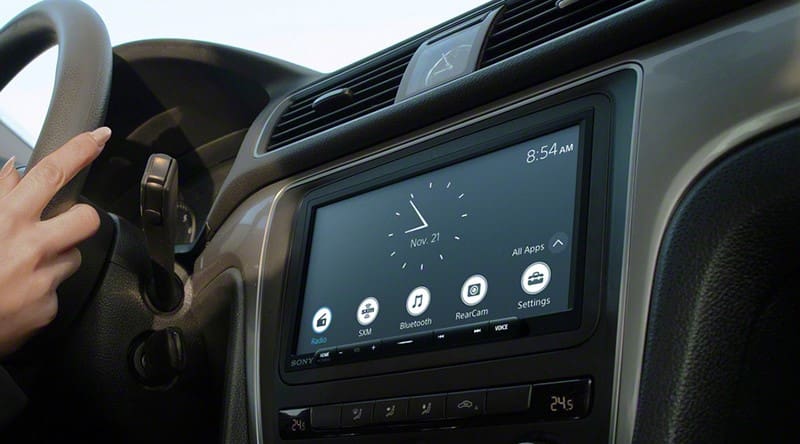
Digital Media Playback
The Sony XAV-AX3700 features an AM/FM receiver with RDS information display so you can see what song is playing when a radio station broadcasts this information. The USB port works with a memory stick to play digital media files. Specifically, the radio supports MP3, WMA, ACC, ALAC, FLAC, DSD and WAV formats. The system is compatible with high-resolution files for each format. For video, the radio can play AVI, MKV, MPEG-4, ASF and WMV files in resolutions up to 1920 by 1080 in some formats. Up to 25,000 tracks can be stored on the memory stick.
Bluetooth audio streaming uses version 5.0 and supports SBC, AAC and LDAC codecs. The latter offers dramatically improved audio performance, bringing the wireless technology up to Hi-Res standards. The streaming and control protocols are A2DP version 1.3.1 and AVRCP 1.6.1 for the nerdier among us. And although the XAV-AX3700 can receive the LDAC stream, its audio output capabilities are not Hi-Res certified.
As mentioned, the radio can be upgraded with a SiriusXM satellite radio tuner module like the SXV300 to add genre-specific entertainment from coast to coast, and the multimedia interface shows station icons and even album or track art on the screen when the SXM station provides it. The radio supports advanced SiriusXM features like TuneStart that will start the song at the beginning when you tune to a station – super handy if you’re flipping through channels and find one that brings out your inner rock star while driving.
Smartphone Integration with CarPlay and Android Auto
Finally, and perhaps most importantly, the radio supports wired Apple CarPlay. Connect your phone to the USB port, and you can instantly access voice-controlled navigation, communication and entertainment. You can use Apple Maps, Waze or Google Maps to get directions to almost any business on the continent, complete with real-time traffic information. You can send text messages or make phone calls by simply dictating to the radio. Streaming audio options like Spotify, Pandora, Tidal, iHeartRadio, YouTube Music, and Audible are just a voice command away. You can find a charging station for your EV or PHEV with the PlugShare App. Sadly, you can’t reserve a charging location.
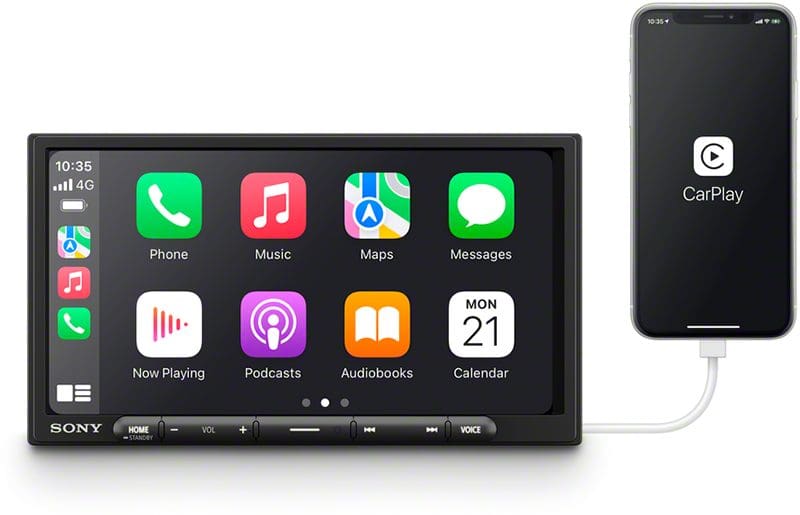
Audio Features
The XAV-3700 features a four-channel amplifier that produces 20 watts per channel when the radio receives 14.4 volts. Moreover, the Signal-to-Noise ratio specification is -80 dBA at 1 watt of power. Additionally, the 2.0-volt preamp connections include stereo front and rear outputs and a single mono subwoofer output.
The radio has a 14-band equalizer with nine preset and two user-programmable curves. The built-in amp and front/rear preamp outputs can be filtered with a high-pass crossover with knee frequency options of 50, 63 or 79, 99, 125, 158, 198 or 250 Hertz and slopes of -12, -24, -36 or -48 dB / Octave. The subwoofer output has the same frequency and slope options, along with a level control and polarity adjustment. The subwoofer output is at the same amplitude as the front and rear speakers when the level is set to 0. If you crank the sub-output level, the signal will clip anytime the volume exceeds 42 and the recording is at the highest levels.
Your installer can fine-tune the listening experience using the “Time Alignment” settings to delay the signals going to each speaker. These settings compensate for the distance to each speaker in the vehicle. When configured correctly, the result is a soundstage that spans the width of the dash, making it seem like you are sitting at a concert with the band performing in front of you.
Vehicle Integration Features
As mentioned, the steering wheel control input can be programmed to work directly with ladder resistor-style systems. Your installer can add a Maestro SW, Axxess ASWC, PAC SWI or any number of more complex interfaces to work with a vehicle’s digital CAN signals.
The radio includes a backup camera input and a trigger wire. Therefore, your installer can (and should) add a backup camera so you can see what’s behind your car or truck while parking or maneuvering. Alternatively, you can retain the one that is already in your car, including a factory-installed camera. Moreover, you can bring up the camera image anytime by pressing the Camera icon on the main screen. However, this assumes the camera always receives power, which isn’t the case in all installations.
The IDatalink Maestro interface provides advanced connectivity with the computers in newer vehicles. You can access climate controls, parking sensor information, tire pressure, a digital dash, and more. The factory-installed microphone and USB port will work with your new Sony radio in many applications. Your dealer can explain which functions are available for your application using this third-party module.
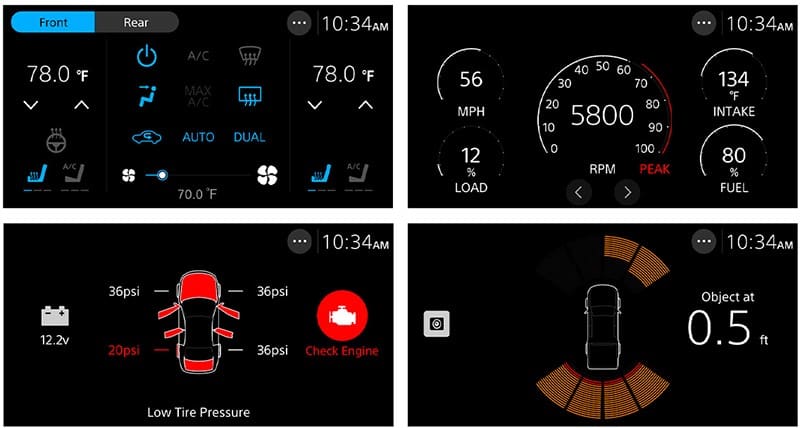
Bench Testing the Sony XAV-AX3700
We’ll start the bench test with some performance measurements. First, the built-in amplifier produced a healthy 21.716 watts of power into four four-ohm loads at 1% THD+N with the radio supplied 14.4 volts from our power supply. The harmonic distortion and noise at just under two volts, equal to one watt of power, was 0.01153%. The Signal-to-Noise ratio was measured at 76.7 dBA at the same level.
Turning to the preamp outputs, we saw a maximum voltage of 1.959 volts RMS. The output impedance was measured at 316.8 ohms using a 1kHz signal. Performance-wise, the radio delivered 0.0147% THD+N on the left channel and 0.077% THD+N on the right. The A-weighted signal-to-noise ratio is -88.4 at the same level. We noted that the subwoofer output can produce 2.46 volts RMS before it distorts when a notch boosts the output level.
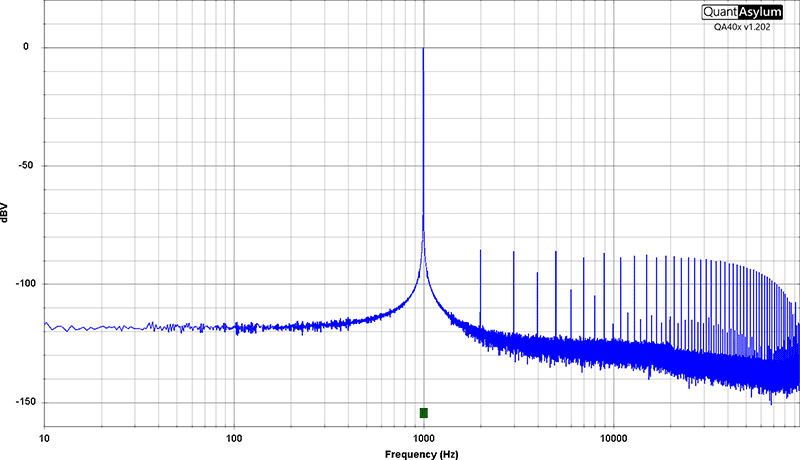
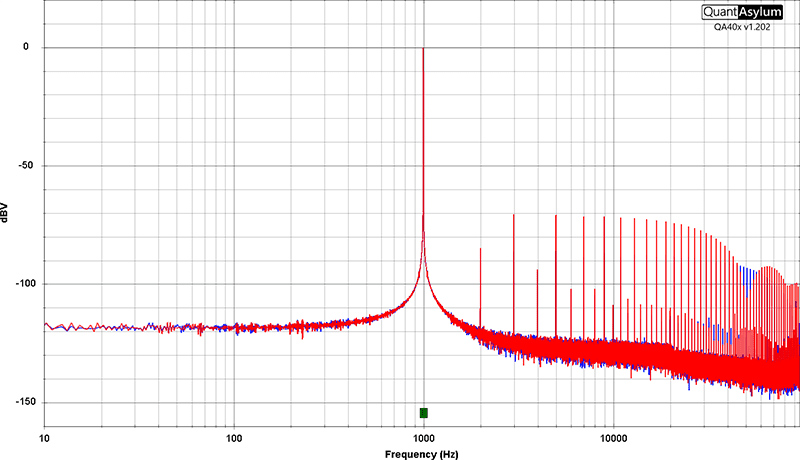
Playing white noise, the radio produced effectively flat frequency response from 10 hertz to just above 20 kHz.
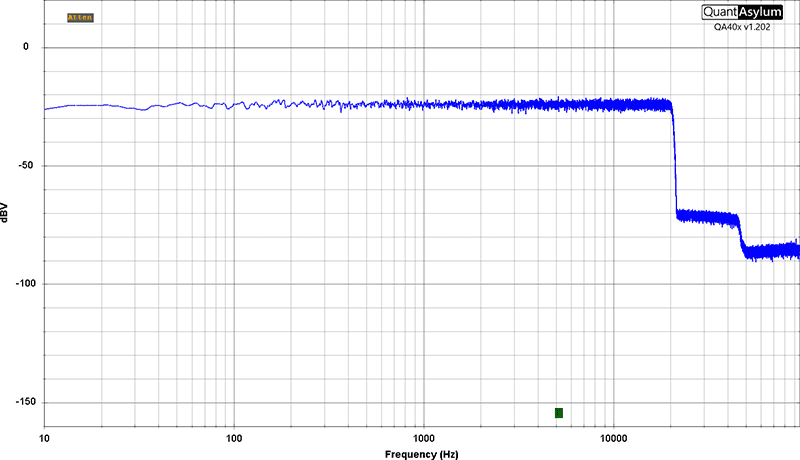
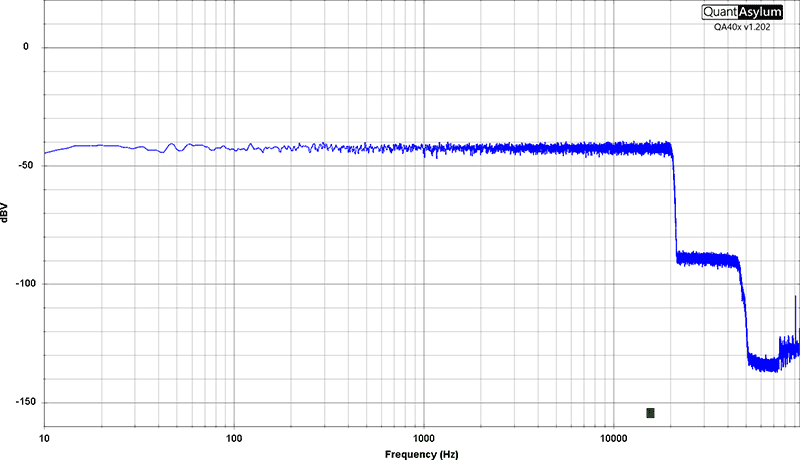
Timing-wise, the radio took just under 8.5 seconds to boot and start playing audio from a USB memory stick. When in tuner mode, it took less than seven seconds. The camera input responded in under one second to display the image. The time from ignition-on to displaying the camera was just over four seconds.
Auditioning the Sony XAV-AX3700
With the lab measurements done, it was time to head to the listening room and add the Sony to the reference system. The system includes a set of 2.5-way bookshelf speakers powered by a high-bias Class-AB amp. There’s a 12-inch audiophile-grade subwoofer in a sealed enclosure powered by an 800-watt full-range Class-D amp. We set the radio’s crossovers to 79 Hz with a fourth-order -24dB/octave slope. As always, we ensured the polarity between the sub and the bookshelf speakers was correct before we started listening.
The first track we auditioned was Court and Spark by Joni Mitchell from the album of the same name. Her vocals were large but well-centered on the soundstage. Interestingly, it had an overall airy feel and were positioned about 16-18 inches above the speakers. The piano recording was clear and slightly forward in the mix. Joni’s voice was somewhat edgy in the upper frequencies.
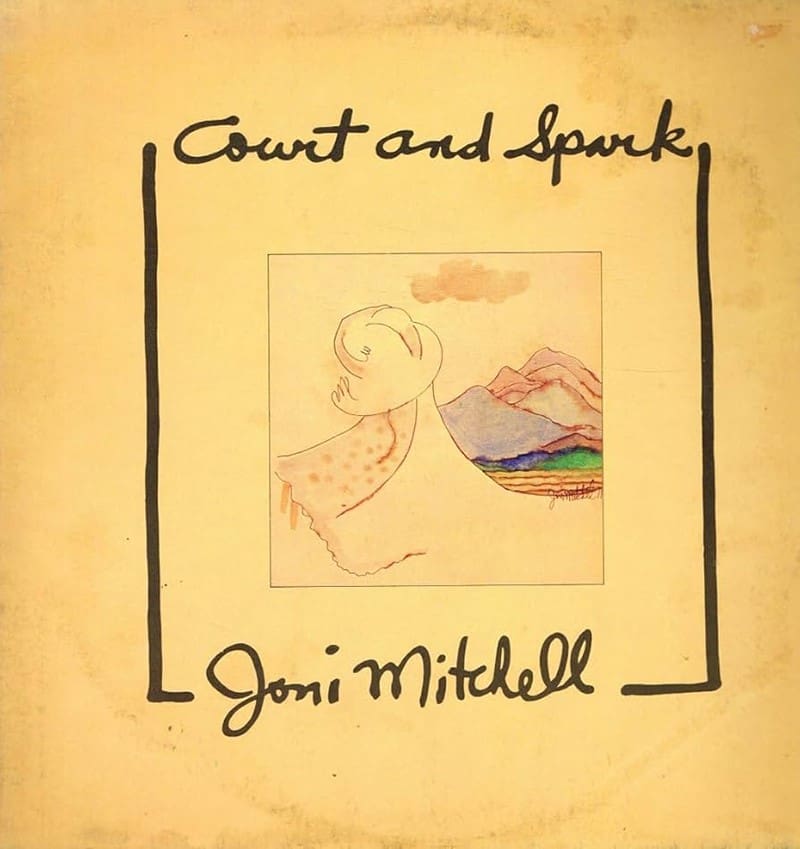
Next was Last Goodbye by Jeff Buckley. The drums in this track are dynamic and clear. The playback had them positioned in the middle of the soundstage. Buckley’s vocals were large, with some emphasis on T and S sounds. Interestingly, the soundstage felt like it was extending laterally beyond the boundary set by the speakers.
The last track, Pink Noise, is performed by Laura Mvula. This is worth adding to my audio system demo tracklist. Thanks to the exceptionally clear bass guitar and synthesizer, the mid and upper bass frequencies are impressive. Both are pretty forward in the mix, making this a test of a system’s ability to stay composed at high volume levels. Her voice didn’t have the transparency I heard through my headphones. However, it was clear with a slight sizzle on the top end. The horns in the recording were placed nicely. This is a track worth checking out.

Conclusions on the Sony XAV-AX3700
If you are looking for a multimedia receiver with CarPlay, Maestro and SiriusXM compatibility, then the Sony XAV-AX3700 is a good choice. You can upgrade it with external amplifiers to make your audio system play louder. Further, it has all the audio processing you need to optimize your installation for a realistic listening experience. Best of all, it can play all the popular digital audio file formats from a USB memory stick. Drop by a local authorized Sony car audio retailer, connect your iPhone and check it out. You can find out more about Sony’s car audio solutions by visiting their website or by following them on Facebook or Instagram.
